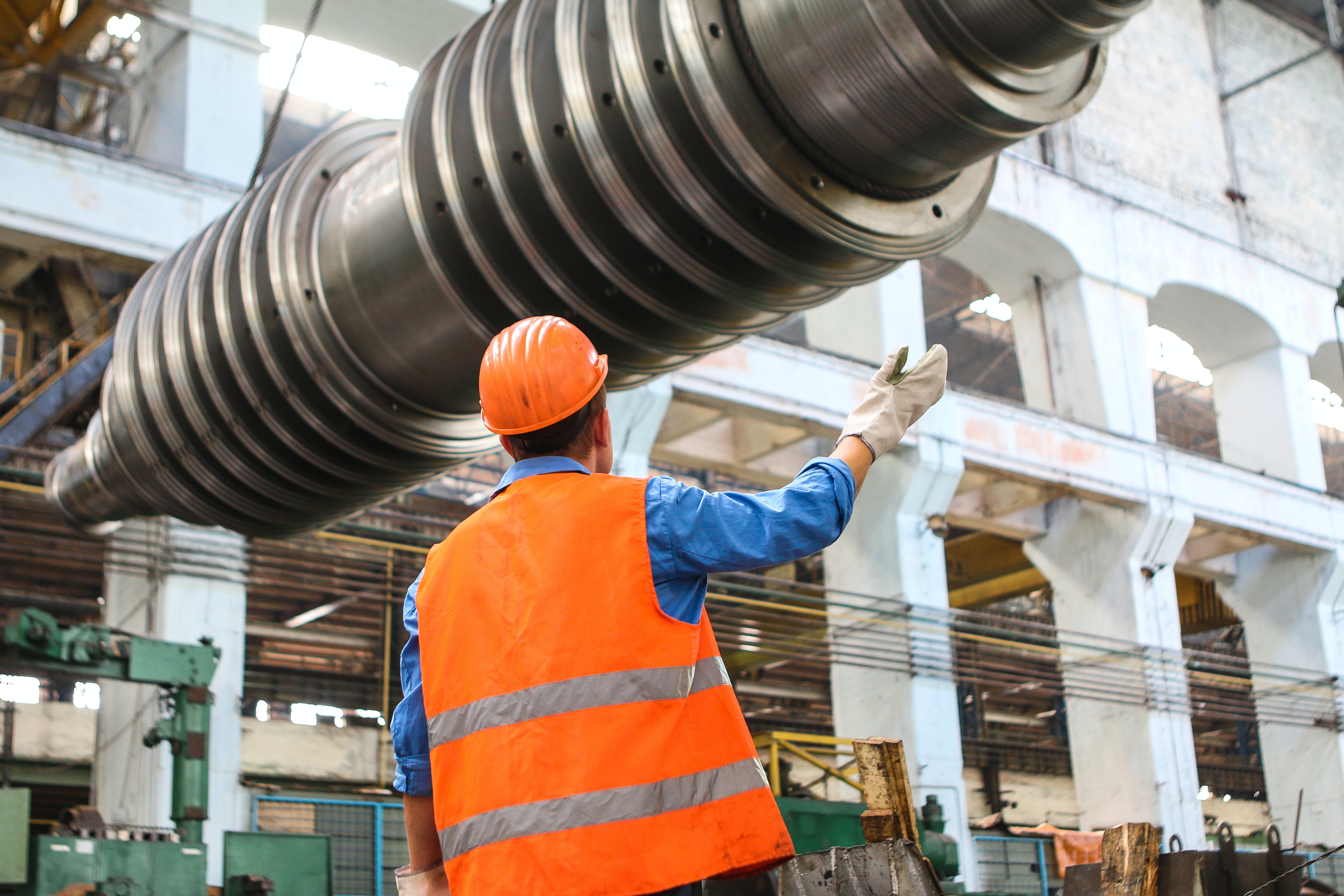The construction sector plays a crucial role in the economy of the European Union (EU), contributing 18 million jobs and accounting for almost 9% of GDP. In addition to its economic weight, the sector has significant social, environmental and climate impacts, influencing the quality of life of EU citizens, CO2 emissions and waste.
Nevertheless, it faces challenges including labor shortages, competitiveness, resource efficiency and productivity, with productivity growth in the sector being significantly lower than that of industry over the last two decades.
It is in this context that digitalization is perceived as a crucial tool for tackling these challenges, even though the construction sector is one of the least digitalized in the economy. With the exception of Building Information Modelling (BIM), few digital technologies have been widely adopted, despite the recognition that digitalization goes beyond the exclusive use of BIM, involving data acquisition, process automation and other technologies related to digital information and analysis.
Data from the analytical report on digitalization in the construction sector in the European Union (EU), part of the European Construction Sector Observatory (ECSO) project, highlights different levels of maturity and adoption of digital technologies in construction, including sensors, IoT, automation with robots, 3D scanning and printing, drones and digital data analysis.
In view of the above, DNS testbed is an asset for companies in the sector, providing technological services that enable them to respond to pressing day-to-day challenges.
Our solutions cover essential areas, including remote monitoring and control of smart buildings with IoT, environmental monitoring with sensor networks, data analysis and artificial intelligence for performance optimization, big data processing and advanced communication technology with 5G. In addition, we offer an immersive experience through 3D perspectives, providing new information possibilities for buildings and other infrastructures.
Remote monitoring and control of smart buildings with IoT:
Discover efficiency and security in smart building management. With our testbed, you can test solutions for real-time data collection and remote control of different systems, simplifying management and maximizing building efficiency.
Environmental monitoring of smart buildings with sensor networks:
Optimize the energy and environmental performance of smart buildings through accurate information about the environment. Our testbed allows you to test sensors that monitor physical parameters, identifying problems and deviations early on to avoid failures and save resources.
Data analysis and artificial intelligence for performance optimization:
Gain valuable insights into building performance through data analysis and artificial intelligence. Our testbed offers solutions for processing information collected by sensors and connected devices, helping to make informed decisions, improve energy efficiency and reduce operating costs.
Processing large volumes of data in real time:
Explore the potential of real-time data processing with our cloud and edge computing solution. By integrating edge and cloud, we guarantee fast and efficient decision-making and cost savings when transferring large amounts of data.
Advanced communication technologies for smart buildings with 5G:
Connect your devices in smart buildings and enjoy real-time data exchange with our advanced 5G communication technologies.At DNS Testbed, we support the experimentation of these innovative technologies to boost connectivity in the construction sector.Discover how DNS Testbed is shaping the future of construction with advanced technological solutions.


